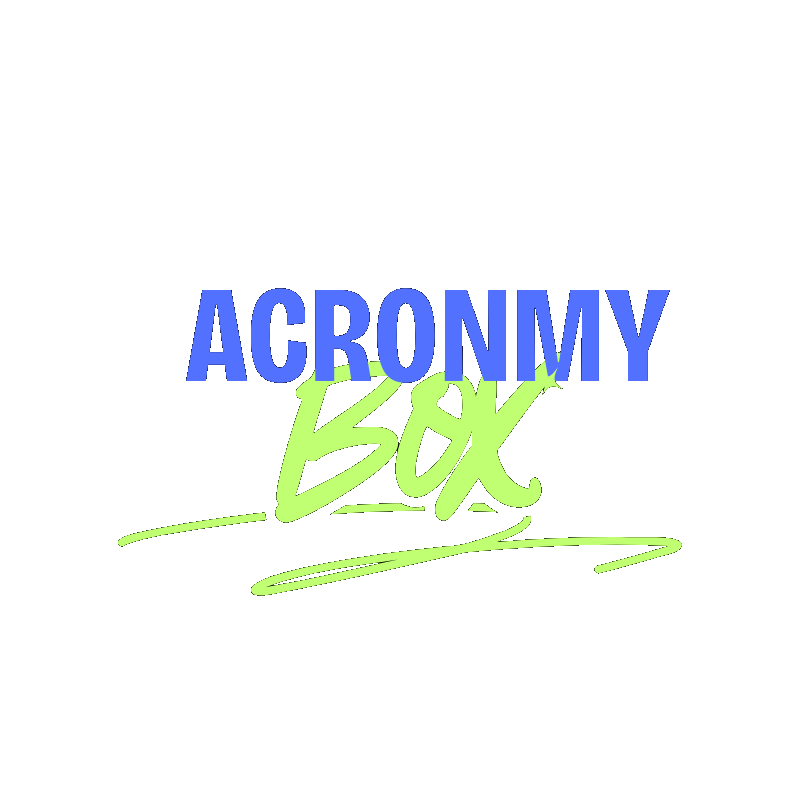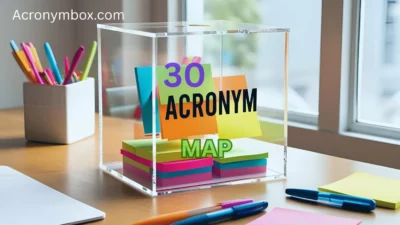Whether you’re in sales, tech, finance, or international business, you’ve probably come across the term EMEA. It’s a popular acronym used to define a major global region in business communications—but it can sometimes feel vague or overly corporate.
In this guide, we’ll break down what EMEA actually means, explore its nuances, and offer 30 alternative ways to refer to this region depending on context, tone, and clarity needs.
We’ll also help you decide when to use each one—because using the right phrasing can make your message more effective, respectful, and inclusive.
Let’s decode EMEA—and level up how you talk about global markets.
🌍 What Does “EMEA” Really Mean?
EMEA stands for Europe, the Middle East, and Africa. It’s used mostly in corporate or technical communication to describe a broad geographical market region.
Key nuances of “EMEA”:
- Formal
- Corporate or business-focused
- High-level and somewhat generic
- Often used for internal reporting, regional segmentation, or management structuring
While useful, “EMEA” can sometimes feel too broad or dehumanized—especially in writing aimed at specific countries, people, or cultures. That’s where alternatives come in handy.
🌐 30 Alternatives to “EMEA” + When to Use Them
1. Europe, Middle East, and Africa
- Use when: Clarity is key and you want to avoid jargon.
- Example: Our services are now available across Europe, the Middle East, and Africa.
2. EMEA Region
- Use when: You want to sound corporate but slightly more specific.
- Example: Sales in the EMEA region are up 15%.
3. The EMEA Market
- Use when: Discussing business development or consumer activity.
- Example: We’re targeting the EMEA market with our next campaign.
4. EMEA Territories
- Use when: Referring to operational zones or jurisdictions.
- Example: Our EMEA territories include over 50 countries.
5. Europe and Beyond
- Use when: Informal or marketing-friendly tone.
- Example: We’re expanding in Europe and beyond.
6. Pan-European and Middle Eastern
- Use when: Focusing on cultural or business synergy.
- Example: This trend is prominent in pan-European and Middle Eastern markets.
7. International (Europe & Africa Focus)
- Use when: You need to clarify for a general audience.
- Example: This role supports international operations, especially in Europe & Africa.
8. Across Three Continents
- Use when: For storytelling or high-impact phrasing.
- Example: Our product is now used across three continents.
9. EMEA Region (ex-SA)
- Use when: Excluding specific sub-regions like South Africa.
- Example: We’re tracking EMEA region (ex-SA) metrics separately.
10. EMEA Countries
- Use when: Listing or referring to nation-states.
- Example: We have offices in 15 EMEA countries.
11. Tri-Regional Area
- Use when: Creative or abstract business writing.
- Example: We’re seeing rapid growth in the tri-regional area.
12. EMEA Operations
- Use when: Referring to logistics or business functions.
- Example: Our EMEA operations team handles localization.
13. EMEA Clients
- Use when: Talking about your user base or customers.
- Example: We support over 1,000 EMEA clients.
14. Greater EMEA
- Use when: Acknowledging broader or fringe regions.
- Example: Our influence extends into the greater EMEA area.
15. EMEA Geographies
- Use when: Data-heavy or analytical contexts.
- Example: These figures represent EMEA geographies only.
16. Continental Europe, MENA, and Sub-Saharan Africa
- Use when: You want specificity.
- Example: Our approach varies for Continental Europe, MENA, and Sub-Saharan Africa.
17. Regional Markets
- Use when: You want to avoid acronyms altogether.
- Example: We’re investing in regional markets across Europe and Africa.
18. The EMEA Block
- Use when: Semi-casual discussion, especially politically.
- Example: This regulation affects the entire EMEA block.
19. EU, Middle East & African Divisions
- Use when: For internal organization structure.
- Example: The EU, Middle East & African divisions report separately.
20. EMEA-Based Teams
- Use when: Referring to workforce or staff.
- Example: We’ve hired over 500 EMEA-based team members.
21. EMEA Headquarters
- Use when: Describing office locations.
- Example: Our EMEA headquarters is in Frankfurt.
22. EMEA Subsidiaries
- Use when: Talking about legal or structural entities.
- Example: We operate several EMEA subsidiaries.
23. Our Europe-Middle East-Africa Network
- Use when: Highlighting partnerships.
- Example: We’ve built a strong Europe-Middle East-Africa network.
24. Serving Europe, the Middle East & Africa
- Use when: Customer-facing language.
- Example: We’re proudly serving Europe, the Middle East & Africa.
25. EMEA Outreach
- Use when: Referring to community or nonprofit initiatives.
- Example: Our EMEA outreach programs focus on digital equity.
26. Multinational Markets (EMEA-focused)
- Use when: Blending technical with clarity.
- Example: We serve multinational markets with an EMEA focus.
27. EU & MENA Regions
- Use when: More specific segmentation.
- Example: We’re seeing similar trends in EU & MENA regions.
28. Europe-Africa-Middle East
- Use when: Rewriting EMEA for emphasis.
- Example: The Europe-Africa-Middle East supply chain is evolving.
29. EMEA Sales Division
- Use when: Describing internal teams or metrics.
- Example: The EMEA sales division exceeded its Q1 targets.
30. EMEA Footprint
- Use when: Talking about presence or influence.
- Example: Our EMEA footprint now includes 20+ offices.
🧭 Choosing the Right Alternative: What to Consider
| Tone/Context | Best Options |
| Corporate/Reporting | “EMEA market,” “EMEA geographies,” “EMEA sales division” |
| Customer-Facing | “Serving Europe, the Middle East & Africa,” “Regional markets” |
| Cultural Sensitivity | “Europe and Africa,” “EU & MENA,” “Continental Europe and Sub-Saharan Africa” |
| Internal Teams | “EMEA-based teams,” “EMEA operations,” “EMEA subsidiaries” |
| Creative/Marketing | “Across three continents,” “Europe and beyond,” “Tri-regional area” |
🌏 Cultural & Emotional Considerations
- Overgeneralization: “EMEA” lumps together vastly different cultures. If your content or context is human-centric, try using region-specific alternatives (e.g., “EU and Sub-Saharan Africa”).
- Audience clarity: Not all global readers understand what EMEA means. In public-facing or cross-cultural communication, spell it out or rephrase.
- Localization impact: In marketing and UX, using “Europe, the Middle East & Africa” feels more inclusive than EMEA.
🎯 Final Thoughts
While “EMEA” is a functional acronym in business, it’s not always the best choice. Sometimes, spelling it out—or using an emotionally and culturally aware alternative—can improve clarity and connection with your audience.
So the next time you’re writing a report, email, or campaign brief? Take a moment to ask: “Is EMEA the right word—or just the default?”




